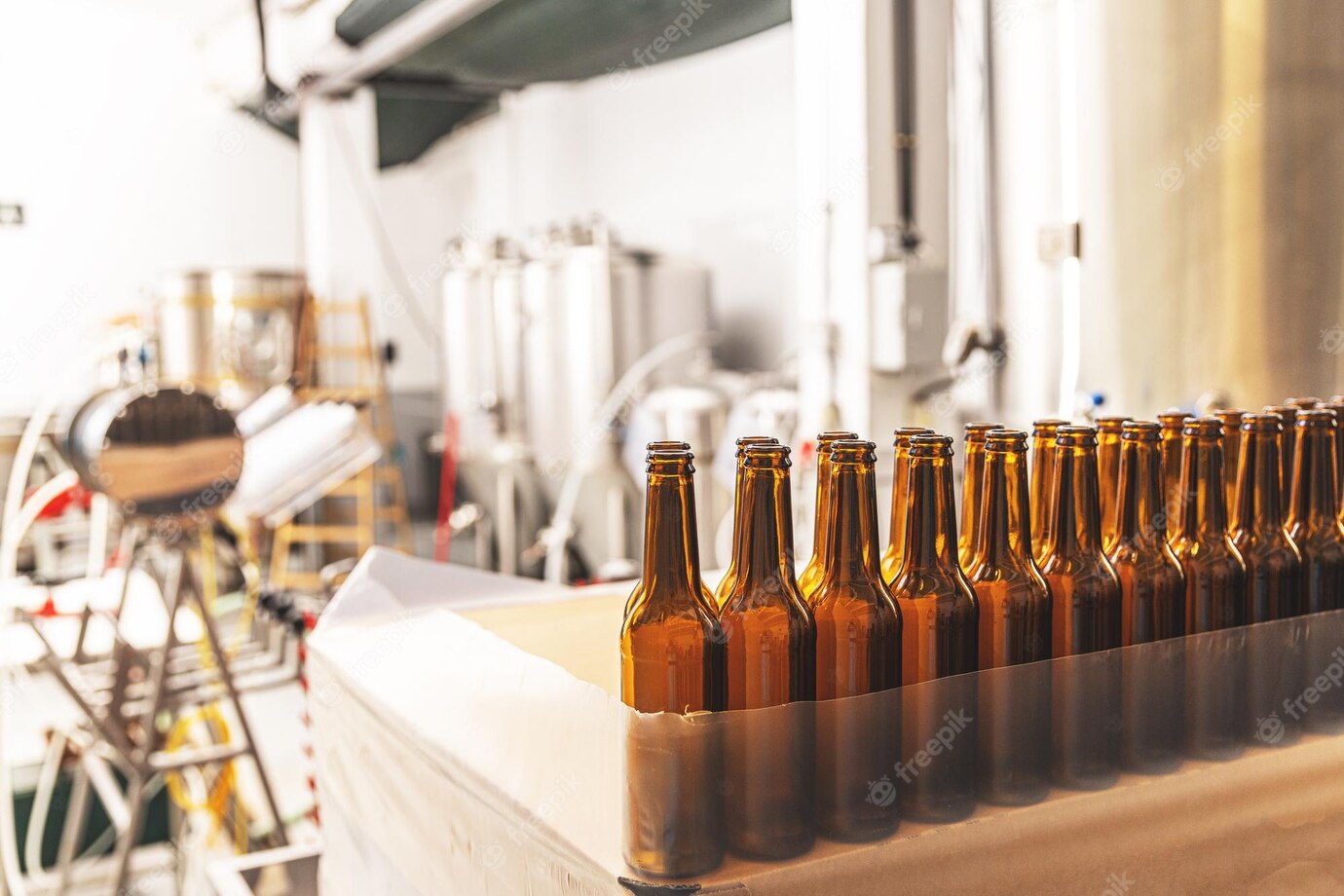Clickbait: Brew Your Own Beer at Home: The Beginner’s Guide to Brew-in-a-Bag!
The Brew-in-a-Bag (BIAB) method of homebrewing is a simple and straightforward way for beginner brewers to make delicious craft beer at home. It eliminates most of the equipment used in traditional homebrewing and focuses on using simple, yet effective techniques to ensure great results. This guide will cover all aspects of BIAB, from what it is, to setting up, to brewing your own beer. Whether you’re looking for an easy introduction to homebrewing or just want to cut down on the time and expense of traditional brewing techniques, Brew-in-a-Bag is the way to go.
Brew-in-a-Bag Method: A Beginner’s Guide
Brew-in-a-Bag, or BIAB, is a popular homebrewing method for making beer. It is relatively simple and inexpensive, and it produces surprisingly high-quality beer. Best of all, with BIAB you can brew a 5-gallon batch of beer in as little as four hours start to finish! If you’re a beginner brewer, BIAB offers a great way to dip your toes into homebrewing without a major investment in time or money.
In this guide, we’ll explore the basics of BIAB brewing, including the ways it differs from traditional homebrewing methods. We’ll talk about the equipment you need, and the basic process. We’ll also give you options for making the most out of your brews! Let’s jump right in.
Equipment
Brew-in-a-Bag brewing requires little specialized equipment. In addition to the basic equipment needs of any homebrewer — fermenter, sanitizer, hydrometer, thermometer, etc. — you will need a single large fabric pot or similar bag for steeping grains. You can find bags designed for BIAB brewing at most homebrew stores, although often a nylon turkey-roasting bag or sustainable alternative (such as jute or linen) will do just fine.
In addition to the steeping bag, you will need a suitable pot. Most homebrewers use a standard 10-gallon pot. While a few brewers get away with using pots as small as 5 gallons, this is not recommended unless you are making a very small batch of beer. Your boiling pot should be large enough to accommodate the full volume of wort (after the steeping process). As for the quality of the pot, stainless steel or aluminum are both good options: just be sure to avoid reactive metals (such as copper) that can affect the flavor of the beer.
The BIAB Process
Brew-in-a-Bag follows the same basic steps as traditional homebrewing, but with a few minor variations. The brew-day process includes the following steps:
- Mill and measure the grains: Towards the beginning of the process you need to mill (or mash) the grain. Milling is the process of cracking the grain to expose the starches inside. BIAB mashing is done in the pot itself, so there is no need to invest in a dedicated grain mill.
- Add the grains to the water: After milling the grain, it’s added to the pot of hot water (in the steeping bag). This is what is known as “mashing in” and the temperature of the water must be just right for maximum starch conversion.
- Rehydrate the grain: There is a short period of grain rest during which the grain pellets rehydrate and convert the starches. By allowing the grain to rest, you are creating the precursors for the yeast to consume during fermentation, creating alcohol and carbon dioxide.
- Add the hops: After this initial rest period it’s time to add the hops. Depending on your recipe, you may have several hop additions at different times throughout the boil.
- Cool the wort: After the boil, it’s important to cool the wort as quickly as possible. This ensures that bacteria, wild yeasts, and off-flavors do not have a chance to contaminate the beer. A good immersion chiller or counterflow chiller will help get the job done quickly and safely.
- Pitch yeast and transfer to fermenter: Work quickly so that the wort does not become contaminated. You can add the yeast in either a stir plate or dry form. Once the yeast is ready, transfer the wort to a fermenter and allow it to ferment for two weeks.
- Bottling, Kegging, and Enjoying: After fermentation is complete, it’s time to choose your preferred method of packaging. You can bottle beer using the traditional priming sugar method, or you can use a keg and force-carbonate. Once the beer has been packaged, wait two more weeks and then enjoy!
Advanced Techniques
Brew-in-a-Bag is a great way for beginner brewers to get started, and with a few advanced techniques you can

